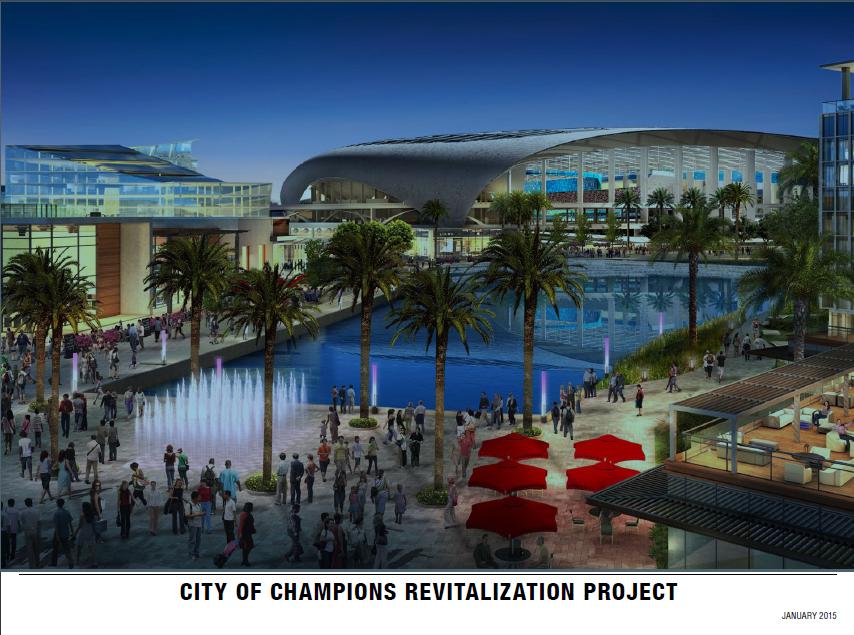One of the tricky sticking points in the Oakland Raiders quest to build a new stadium on the sight of their current home is the fact the Oakland A’s also need a new stadium.
And with money and resources not yet in place to build one adequate stadium – and the A’s and Raiders adverse to sharing a facility – appeasing one might mean losing the other.
And that’s been a key issue trying to move forward an ambitious plan to re-develop the 120-acre complex on which the Raiders and A’s currently share the O.co Coliseum with homes, hotels, and restaurants, among other features.
The A’s have a 10-year lease at the Coliseum and the Raiders are expected to re-up for one more season, buying each time to see where things move from here.
The A’s are on record saying they want nothing to do with a shared stadium, and their long-term lease gives them incredible leverage. Either they get a new stadium that suits their needs, or they stay right where they are until they do.
However, the city of Oakland is getting antsy trying to move on with plans to develop the sprawling East Bay area, and Mayor Libby Shaaf hopes to ignite the process by asking both the A’s and Raiders to submit individual stadium plans for the proposed development.
Schaaf’s plan also would extend the city’s exclusive negotiating agreement with its hand-picked development team headed by Floyd Kephart. The San Diego-based businessman has been working on financing a new football stadium as part of Oakland’s proposed Coliseum City project. But the 90-day extension, expected to receive City Council backing on Tuesday, would come with a condition that the two teams are free to offer competing plans.
With the clock ticking on the development – and Los Angeles looming as a landing spot for the Raiders – it will be interesting to watch how all this unfolds.
If Shaaf’s plan gets approval, and the Raiders and A’s agree to submit plans, it will be fascinating to see who local leaders side with.
With the A’s playing a minimum of 81 home games per season and the Raiders a minimum of eight – 10 if you include preseason – it stands to reason the more consistent money generated from 81 game game days in which fans are eating and drinking at the nearby restaurants and bars might be more attractive to city leaders.
More game days mean more tax money generated and more money into the pockets of local business owners.
Not saying local leaders would rather keep the A’s over the Raiders, but if keeping one over the other comes down to money, the decision might not be a hard one.


